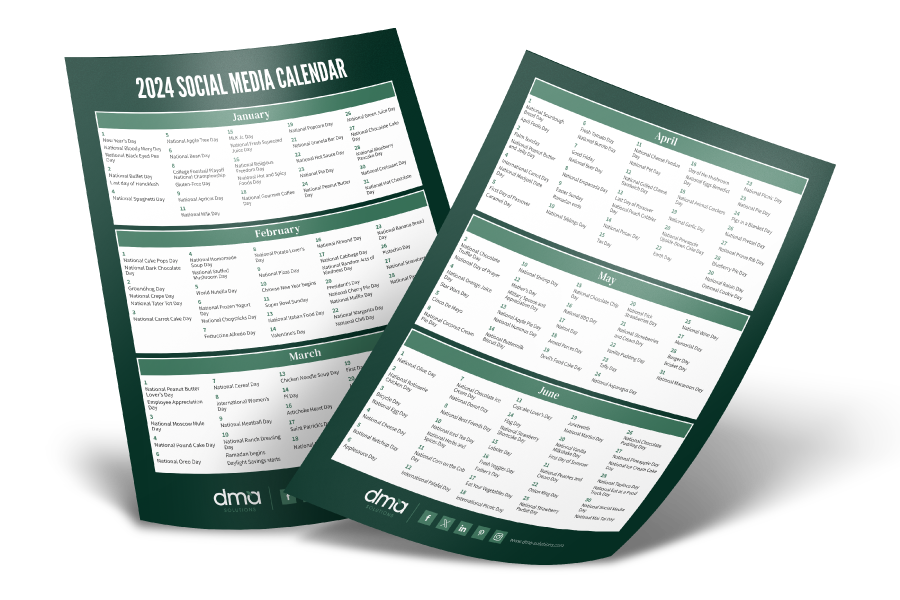Unlike general website and social media metrics, public relations analytics data are not always black and white. Forbes explains the struggle beautifully, “Tracking tools focus more on owned and paid media — you can see how many people read a piece of content on your website — but it’s been nearly impossible to track where people go after reading an article in a newspaper.” Thankfully, with new technology and a basic understanding of certain metrics, PR professionals are now able to track and analyze real numbers—rather than having to estimate views like we did in the past.
Before you get started, make note of the following metrics—and how to make them work for your brand:
Number of Placements
One of the easiest ways to measure public relations success is by counting the number of consumer or trade placements a brand has received through your efforts. After all, the higher the number of placements, the higher the chance that people will see your product, increasing brand recognition.
Tips for Maximizing Placement Number
Lengthening your media contact list with relevant editors will increase your chance of being picked up for an article. Important note: be careful who you pitch—the rule is certainly quality over quantity at the end of the day. While reaching out to a larger of number of editors can increase the number of placements, reaching the wrong editors with irrelevant information could be detrimental to the brand. Do your research and make sure you are pitching to the right people and publications.
Impressions
Similar to social media, PR utilizes impressions to measure the estimated total number of views your brand receives. While the number of placements defines how many times a brand was mentioned in the media, impression numbers measure how many times people viewed the article. In other words, impressions includes the number of unique visits a website receives per month—as well as the number of times someone passes around a magazine to friend and family.
Tips for Maximizing Impressions
Along with ensuring that your contact list is in top shape, pitching top outlets—such as The Wall Street Journal or POPSUGAR-can increase your impressions because these websites have such high visitor traffic. If you only pitch “mommy blogs,” on the other hand, your impressions will be much lower than if you target top outlets that garner more impressions. You also can try reaching diverse platforms, such a regional TV and newspapers, for increased awareness.
Website Referrals
Referrals make up a large portion of the “website traffic trio,” alongside direct and organic search. Referrals measure how many readers are clicking a link to get to your brand’s website or e-commerce page. This metrics provides us with insight on how well a campaign or article is engaging consumers—and enticing them to go to a company’s site and/or buy a product.
Tips for Maximizing Website Referrals
There are a several effective ways to ensure increased website referrals for your brand:
1.) Partner with influencers to post blogs with embedded links (recipes are usually an easy win here!).
2.) Encourage editors to use website links that take consumers back to the company e-commerce site.
3.) Incorporate links to specific site pages on your Facebook, Twitter, Instagram, and Pinterest accounts.
The basic take-away here is to encourage editors, bloggers, and influencers to drive their readers to your brand’s site.
Social Shares
In the ever-evolving world of communications, social media is becoming more and more crucial. It acts as yet another outlet (or five!) for public relations to earn media attention. Social shares can help increase the number of impressions and website referrals while simultaneously creating more brand awareness by fostering a loyal fan base. This metric also allows us to measure activity and engagement with the brand, which can help you target pitching efforts and stay on top of conversations about your brand and your biggest competitors.
Tips for Maximizing Social Shares
Not surprisingly, there are a number of ways to maximize social shares. One of the most effective methods is by running promotions with a call to action, or CTA. Encouraging consumers to post a comment or picture for a chance to win a prize usually results in a huge increase in social shares as fans are more eager than ever to engage with the brand.
Expert Tip: Media Monitoring
Media monitoring is a basic tool to help you gather the above information. Tools such as Google Alerts, Talkwalker, and Cision make it easy for PR professionals to track the number of placements, impressions, referrals, and social shares for their brands. Media monitoring also helps us capitalize on trending news in addition to identifying contacts to pitch.
Want to learn more about what public relations can do for you and your brand? Connect with us on Twitter at @TheCoreBlog or drop us a comment below—we’d love to hear from you!
{{cta(‘24043446-f144-4c3f-b7a5-5313ea354b57’)}}












